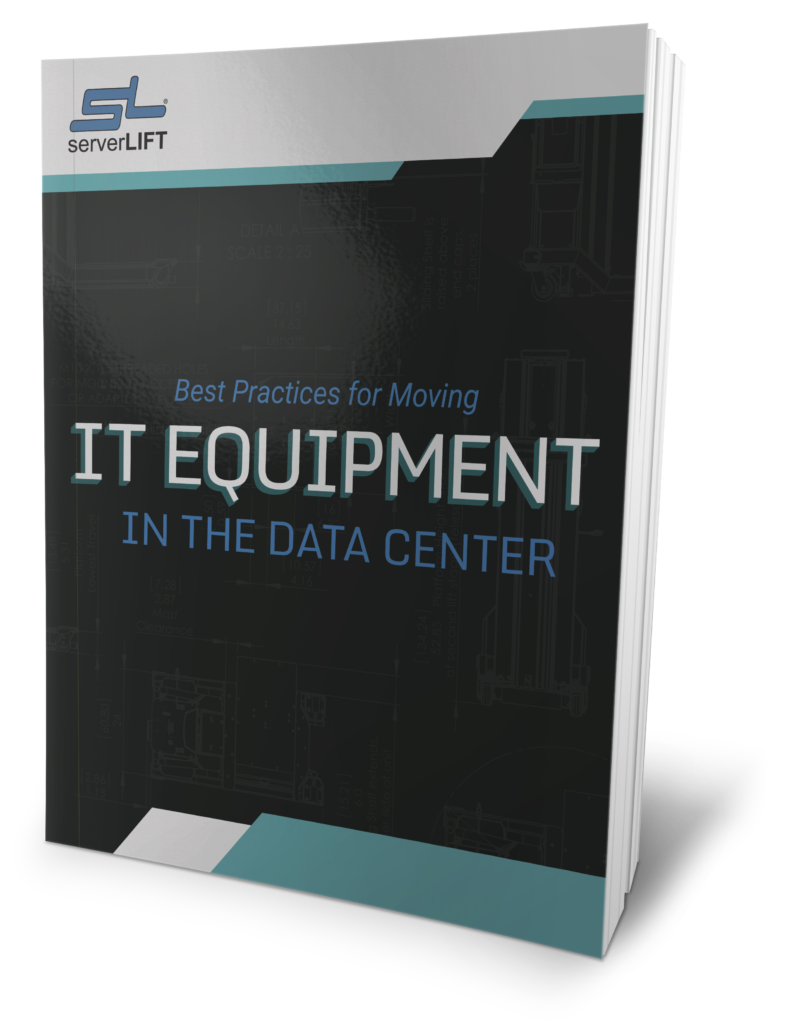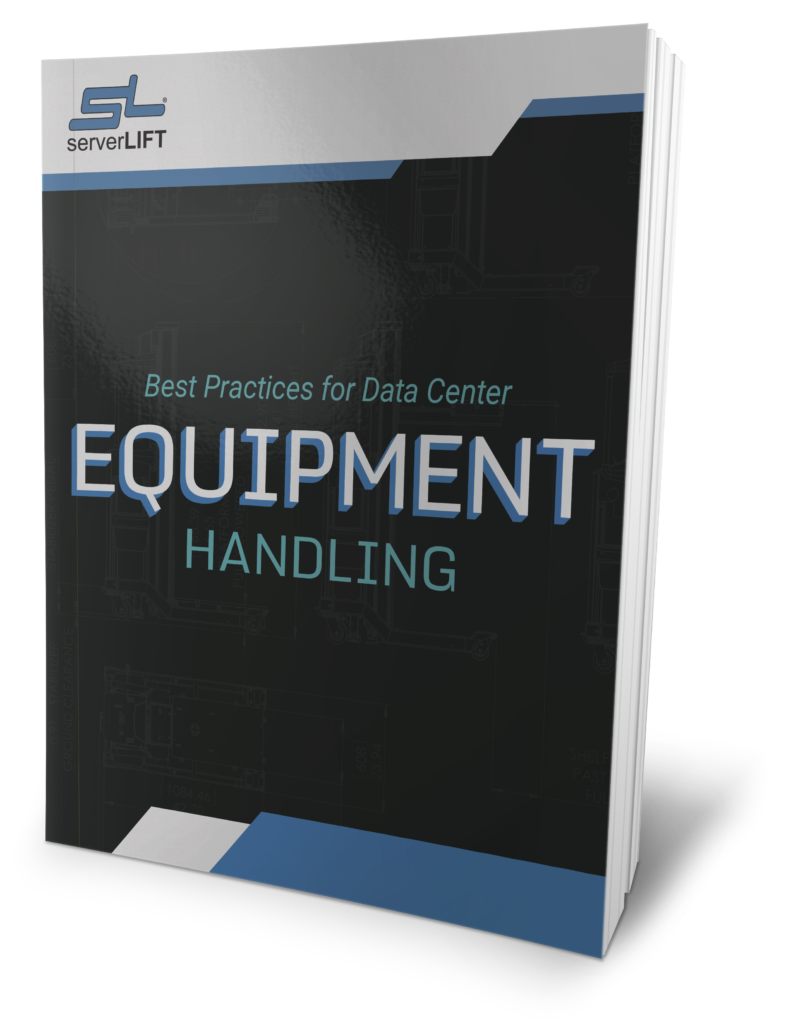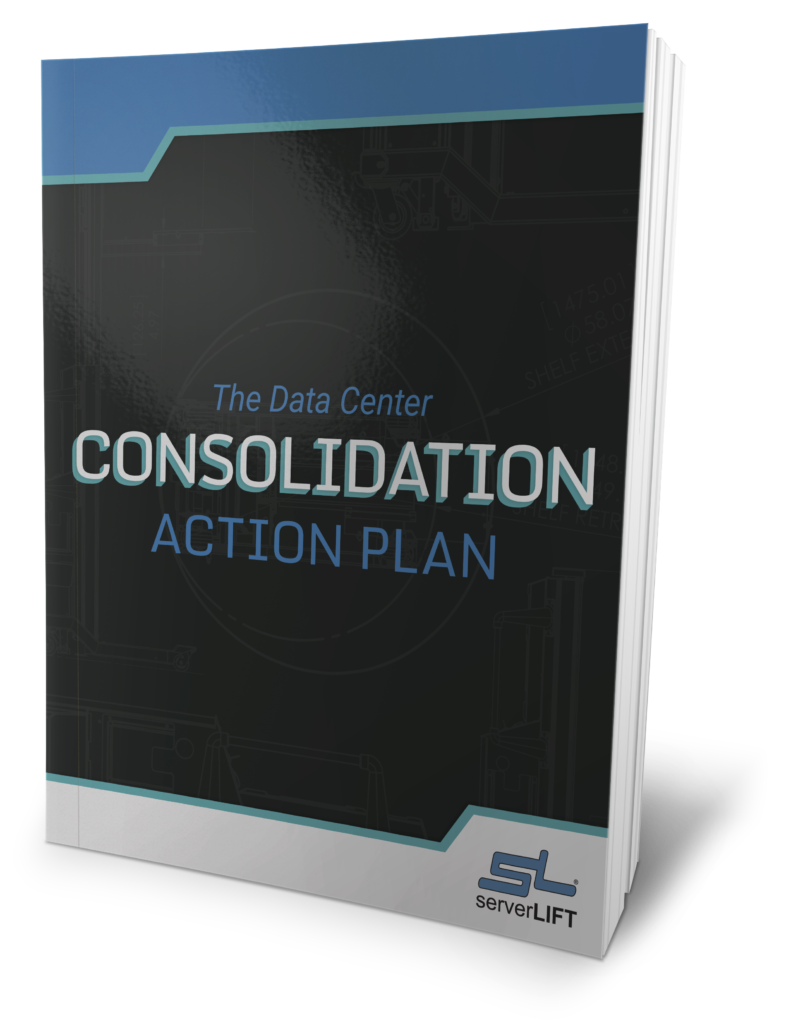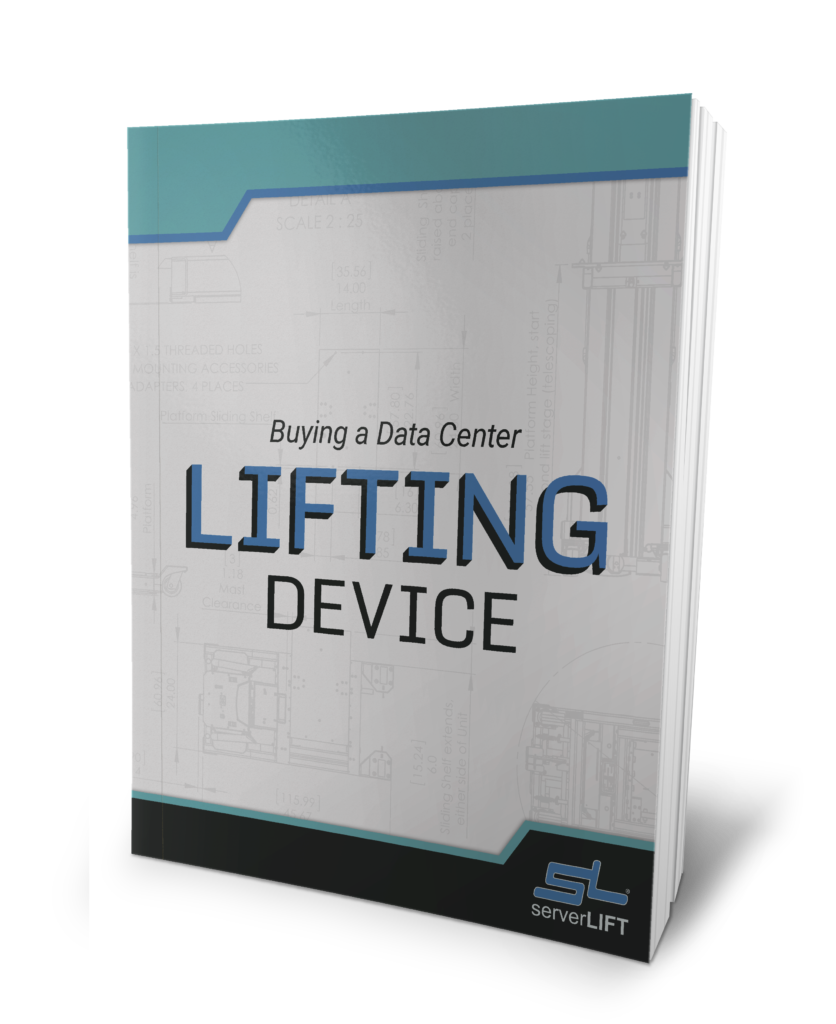Modular Data center Designs:
It’s been more than five years since the unveiling of Sun’s Blackbox ศูนย์ข้อมูล และ modular designs are becoming more synonymous in the industry and with high-performance and cloud computing. Running servers in shipping containers was initially viewed as a niche play by many in the data center industry, limited to mobile requirements, temporary capacity, or novel designs like cloud computing facilities. But with enterprise users such as: HP, Dell’s Data Center Solutions Group, and eBay, having publicly announced an adoption of modular การออกแบบศูนย์ข้อมูล into their data centers, it’s been affirmed that this is definitely more than just a trend. With the massive growth in the data center industry and a huge push towards cost effective planning and operation, modular designs are expected to become a viable alternative for expansion and new builds.
The idea of modular data center designs has evolved from the basic premise of using an ISO standard for a shipping container and customizing it to accommodate data center infrastructure. If designed appropriately, extreme levels of performance could be attained in data centers using a consistent design technique, and capital costs could be reduced by standardizing components, construction and the supply chain. In the past few years the modular design approach has since split in two directions. While some vendors have focused on the overall design of a complete data center solutions (e.g., HP FlexDC and i/o’s Data Systems i/o Anywhere), others have moved the modular data center design concept down to the rack or row level (e.g., APC InfraStruxure or Emerson SmartAisle).
So what is the potential market? An August 2011 survey of ความรู้ของศูนย์ข้อมูล readers found that 35% are currently either using modular products or evaluating them with an eye towards adopting the technology in the next 12 to 24 months. Here’s how it broke down:
- Implementing modular data centers broadly: 7%
- Implementing selectively: 10%
- Modular data centers in testing and development: 7%
- Planning to implement in next 12 months: 3%
- Planning to implement in 12-24 months: 7%
- No plans for modular data centers: 65%
HP noted a projection by IDC analyst, Michelle Bailey that stated modular deployments will raise from 144 units this year to about 220 units in 2012; a large increase when considering the industries, usually slow, embrace to new technologies.
“Today’s data center is obsolete when taking modularity and the fast maturation of this market into consideration,” said Jason Schafer, research manager at Tier1 Research. “If data center owners and operators are not at least exploring and considering modular components as a means for data center expansions and new builds, they are putting themselves at a significant disadvantage from a scalability, cost and possibly maintenance standpoint.”
Tier 1, like many in the industry, was initially skeptical of modular designs. But it’s not alone among leading analyst firms in believing that modular designs have a place at the table. David Cappuccio, chief of research for the Infrastructure team at Gartner, discussed the growing appeal of modular designs.
“When planning for data center growth, it is important that all alternatives be reviewed,” Cappuccio said last year. “Newer modular design techniques and container-based solutions should be a critical piece of your analysis. When used appropriately, they can solve specific problems, while reducing capital costs and the time it takes to implement new capacity.”
Interestingly, modular data center designs will also be a focal point at the 2012 Uptime Symposium this May. Last year the Uptime Institute’s Professional Services unit hired a veteran of HP’s modular program, Debbie Seidman, as its new Director of Technical Services. She will be managing Uptime Institute’s delivery of Design and Facility Tier Certifications worldwide.
“I don’t think we’ll see the entire data center market going modular,” Seidman said. “It’s adaptable, compact, and can be less expensive in upfront costs. But you can’t just plug these things in; you need to ensure the infrastructure is in place.”
So it seems that with enterprise users embracing it, Uptime making it a focal point at their 2012 Symposium, and the industry starting to adapt to the idea, modular designed data centers might just be the wave of the efficient data center future.











